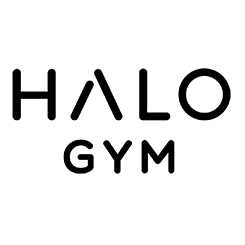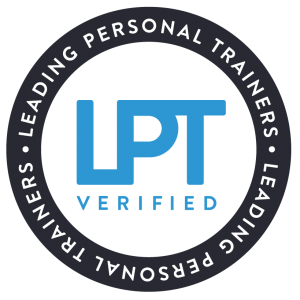7 REASONS WHY YOU ARE NOT BUILDING MUSCLE
By Brandon Pieterse
We all know someone in our gym or circle of friends who has been training for years; you are able to pin point the exact time they train, exactly what they train on a specific day and what exercises they will be doing for that muscle group.
Maybe that person is you? After a while you will begin to notice that somehow, even though it seems like they are doing everything right, their physique doesn’t change. There are a number of reasons why this can happen.
1. Your Training intensity is Poor
Training intensity is the percentage of your absolute maximum amount of effort. Your trainer or you should always set target intensity for each set of each exercise performed. This way you can gauge just how much effort you should be exerting through each set.
Without a sufficient training intensity, you will be just going through the motions of the movement. This will not challenge you and will therefore not give your body a reason to change. Our bodies aren’t going to change just because we want them to; they need to be given a reason and the way we do this is through our training intensity.
The best way to judge the intensity you are working at is to self asses how many more reps of that particular set you could have done. If your target was 12 reps and you were able to hit 12 reps without any worries, then your intensity is very low. If you get to the 10th rep and are concerned you won’t make it to 12, then your intensity is fairly high. If you get to the 4th rep and begin to fail and cannot continue, then the weight is too heavy and you are not training at the correct intensity.
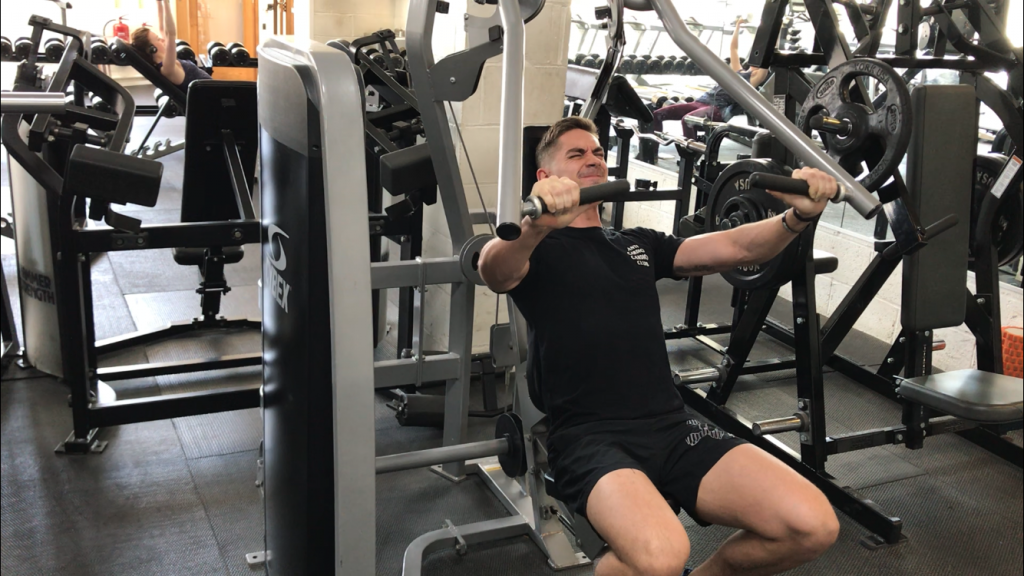
*keep that intensity high and take the muscles to that place that they have never been to before.
2. You aren’t changing it up
This is such a broad reason but it can be as simple as changing the weight or changing the rep range used. If you are doing incline dumbbell bench press and using the 30kg dumbbells, getting 12 reps week after week, then there is no reason for your body to change, is there? Why would your body get stronger or bigger if it knows that on Tuesday morning at exactly 10:34 you will be doing 3 sets of 12 reps with 30kg dumbbells?
Try increasing the weight and going to failure while aiming for those 12 reps. The goal is to keep aiming for one more rep than you did last week; once you are able to get the required reps with that heavier weight, increase the weight again.
Give your body a different form of stimulation. You need to aim for progressive overload. This is overloading the muscle with progressively heavier loads or higher reps.
This applies to your training program as well. Your coach should be monitoring your progress very closely and as soon as your progress begins to stall, i.e. you aren’t able to successfully progressively overload the muscle with any success anymore, then it’s time to change the training program, change your training split and keep progressing.
You need to give your muscles a reason to change.
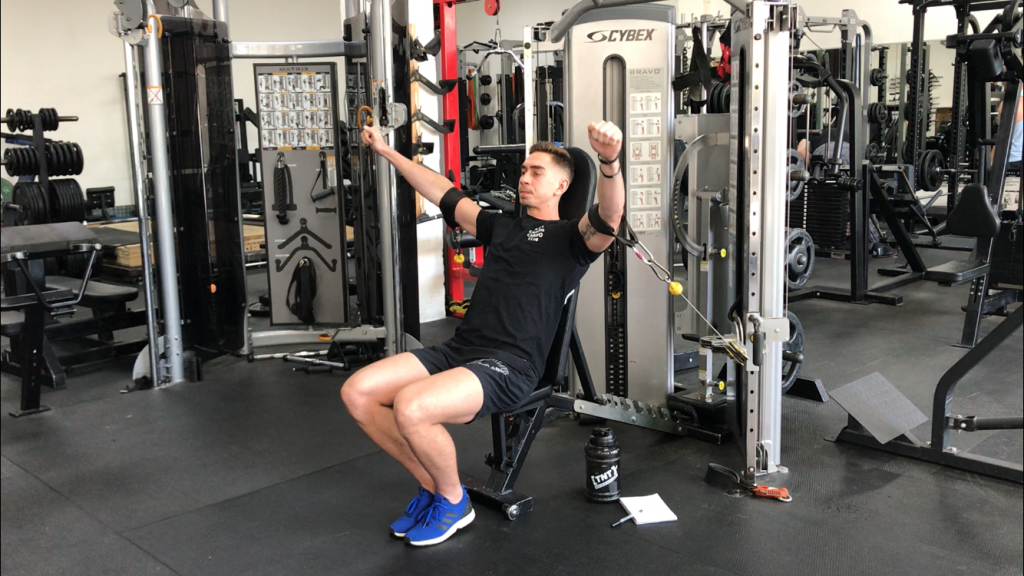
*it’s all about progressive overload and giving the muscles a reason to change, to adapt and grow.
3. You don’t stick to the plan
Although we have just discussed that you need to change your workout routine, this does not mean that every single day you go in and do a different workout with different exercises, weights and reps. You need to have a plan and you need to stick to the plan.
The best way to do this is to have a training log book with you during every single session where you are able to view your previous weights and reps. This way you know that in order to progress, you have to get that 13th rep, increase the weight by 2.5kgs or whatever the case may be.
This way the body is constantly being put through progressive overload but it’s planned progress overload. This means that you know exactly what exercises you need to do, you know what weights you need to hit and at what rep range. You don’t want to be aimlessly walking around the gym guessing what to do next.
Training programs are specifically designed to get the most out of every workout with the best muscular contraction to target the muscle group.
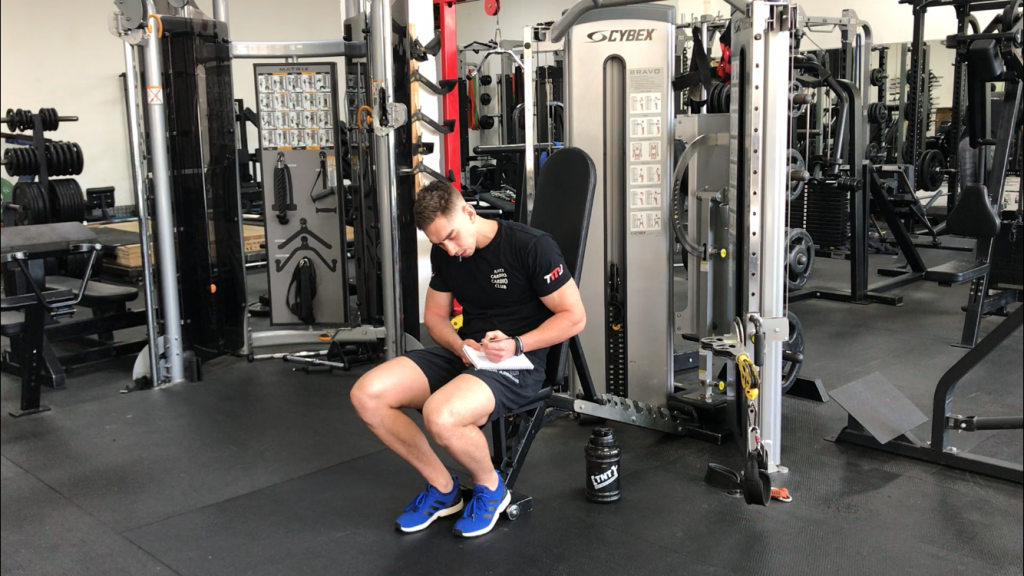
*Here I can be seen keeping track of the weight and sets done in my program. This will ensure that I come into the gym with a plan and know exactly what I have to do and beat to progress.
4. Ignoring the eccentric phase of reps
The eccentric portion of the rep is quite possibly the most important part of each rep. This is the part of the rep where the load is going with gravity. On a free weight it is usually the part of the movement where the weight is coming down but it can vary on a machine weight. For instance on a seated hamstring curl, when curling the weight down and contracting the hamstring, the load is moving against gravity, and then when the feet are moving upwards against gravity, the load is moving with gravity so this is therefore the eccentric phase.
The reason this is such an important part of the movement is because it is so easy to just let the weight drop. By doing this you are missing out on a massive portion of your movement. Movements are split into your concentric phase, your isometric and eccentric portions, so by missing the eccentric phase you are only doing 2/3s of the movement.
We are stronger through our eccentric phase as well so we are able to put more load through the muscle targeted and therefore create more mechanical stress on that muscle, prompting it to adjust and adapt.
Place a lot of emphasis on your eccentric phase by keeping the weight under control, slowing down the tempo and you will notice a massive difference in your training.
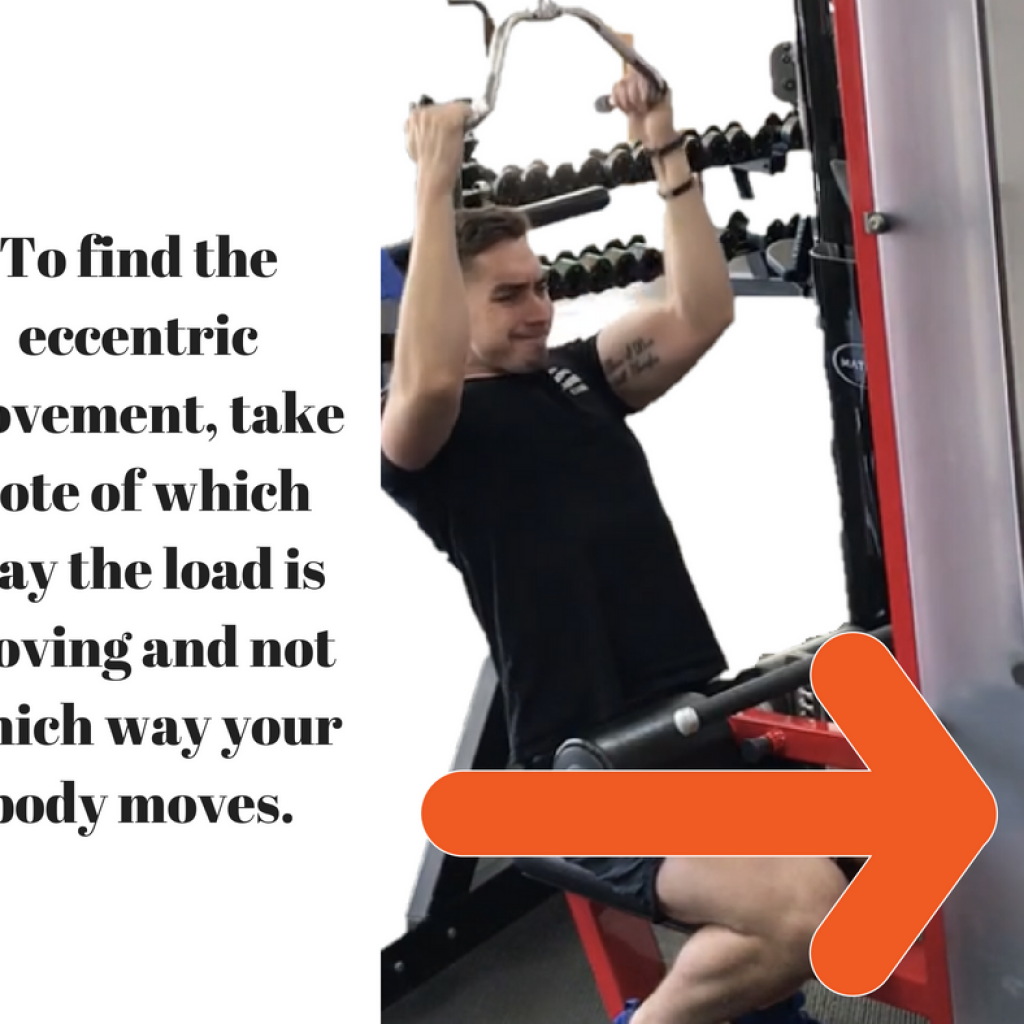
*This edit illustrates how the eccentric phase may not be as obvious as you may think. The key is to look at the load and what the load is doing to find your eccentric phase.
5. Nutrition isn’t on Point
Everyone has heard the phase “diet is key”. This could not be more true. Your diet is going to decide whether you have ripped abs or nothing but ‘abdomirolls’. Ensuring that you are consuming the right amount of calories for your specific goal is crucial to putting on muscle as well as losing fat.
You need to be consuming the right amount of protein to repair and grow those muscles. The right amount of carbs to ensure you have the energy to get through your training session and transport all the protein. You also need to be consuming the right amount and type of fats to support organ function and hormone levels as well as provide energy for the body to function.
Generally speaking, in order to gain new muscle tissue, you will need to be in a calorie surplus. This means consuming more calories throughout the day than you are burning off through exercise and everyday activity. While this may sound easy to do, you need to ensure that you are meeting your protein goal as well because this will be your muscle building macronutrient.
Your nutrition is probably the most vital part of achieving your fitness goals – without your nutrition being on point, consistently, the results you want may never come.
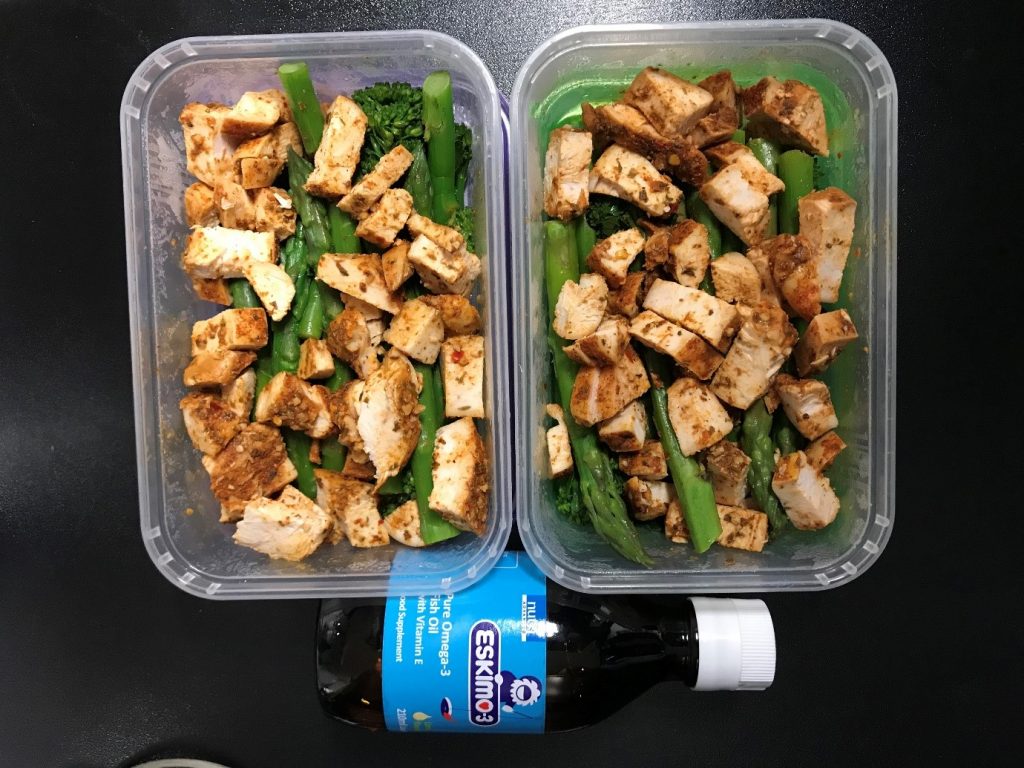
*Preparation is key when it comes to keeping the nutrition on point. If you have pre-set meals, you don’t need to run out to get something easy.
6. You are performing too much cardio
Whether you are doing cardio just to shed a bit of extra body fat for summer, trying to improve your fitness levels a touch or you don’t have a choice because cardio is part of your job, you need to take into consideration what cardio does in terms of caloric output.
What cardio does, is burn extra calories. This is why it is always done when trying to shed a bit of excess weight because it creates a greater caloric output, therefore placing you in a greater calorie deficit (if your nutrition is on point). As we have just seen, in order to build muscle, it is best to place yourself in a caloric surplus so therefore the cardio done should be limited to avoid a deficit. However should this be unavoidable, then you would need to alter your nutrition and increase your food intake to place you back in a calorie surplus.
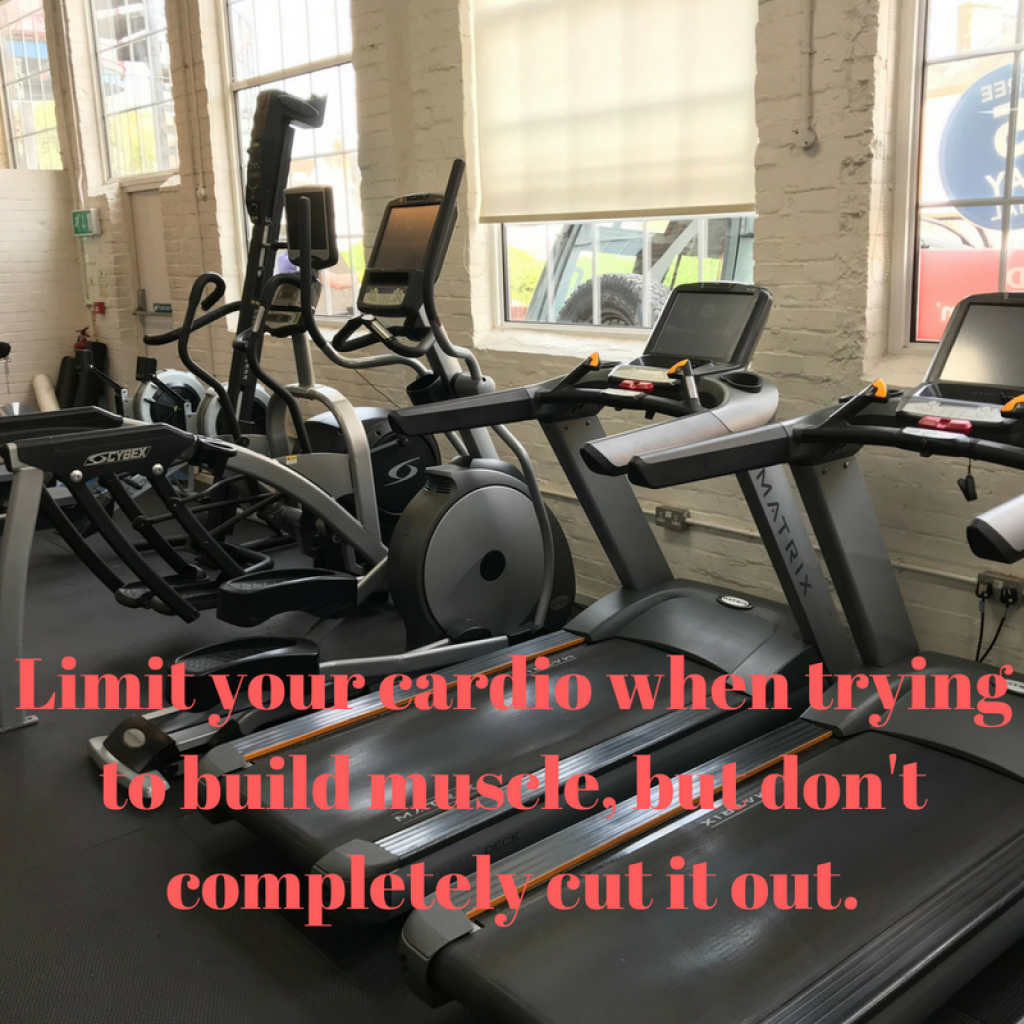
*Note. I said LIMIT your cardio. This does not mean that you shouldn’t be doing any form of cardio. Remember, cardio looks after your heart and is vital for general health.
7. Hormonal levels aren’t where they need to be
Most of us know that healthy hormone levels, specifically testosterone (test), are necessary to achieve muscle growth. However many of us lack the knowledge on how to properly assess where our hormone levels are and how to keep them at an optimal level. Now before you jump to any conclusions and assume you need to be on various test boosting supplements, find out ways to optimise your hormone levels naturally.
There are many ways to optimise your testosterone levels without spending a fortune on supplements that aren’t really going to do much besides give you some D-Aspartic acid. The first of these would be ensuring that you are eating a variety of healthy fat. Not eating enough healthy fats throughout the day, and every day, may in fact be causing your natural test levels to drop.
In the gym, try to incorporate large, compound movements in to your training program, as heavy lifting has been shown to elevate natural test levels. However be sure that you are lifting these heavier weights and performing these compound movements correctly because elevated test levels mean nothing if you are bed ridden with injury.
At home, ensure you are getting enough of the good stuff – sleep. When your body is asleep and resting, it is recovering and actually producing testosterone. Finally ensure you are getting the right amount of micronutrients and minerals. These include zinc, magnesium, vitamin D and vitamin B6.
And finally, ditch the sugar. It will wreak havoc on your hormone levels.
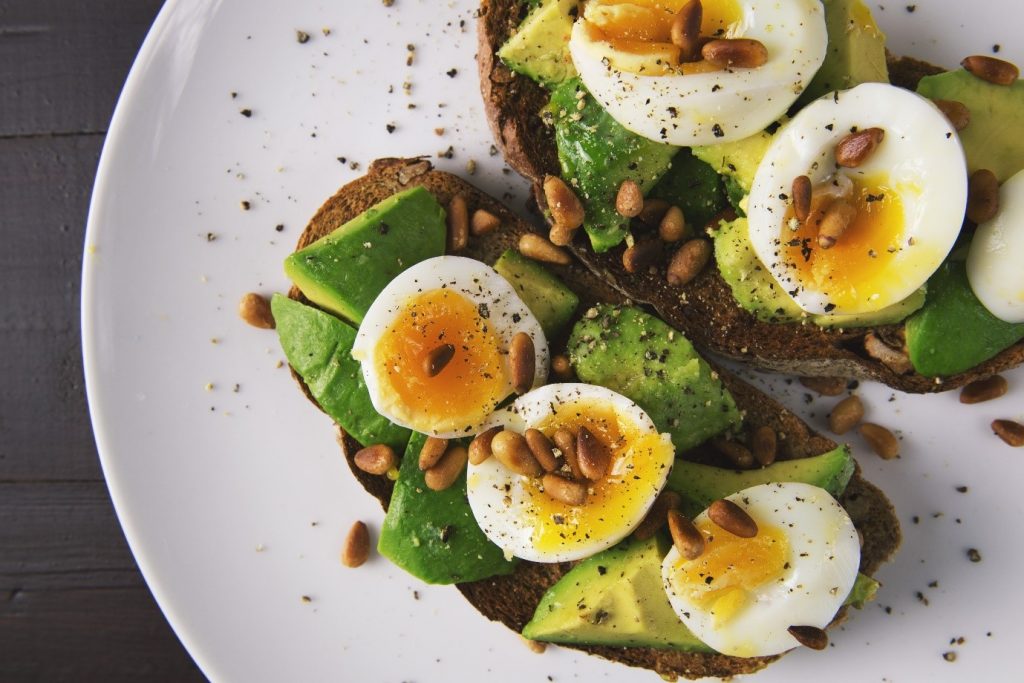
*A meal consisting of a variety of healthy fats and high in protein.
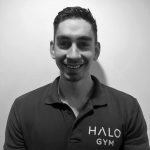
About the author
I have had a passion for fitness from a young age. I was involved in sport throughout my younger years and it has continued to play a massive role in my life. As a personal trainer, I am looking to improve my clients overall health and wellness through training and nutrition. I studied through the HFPA Academy in South Africa in exercise science, sports conditioning, applied nutrition and training. Now that I am living in the UK, I am furthering my education through ACA and will continue to develop my knowledge in order to continuously provide the best quality of service to my clients.
